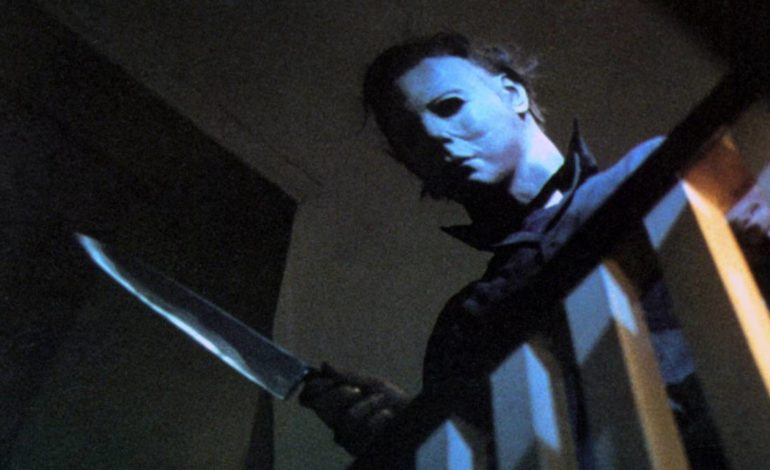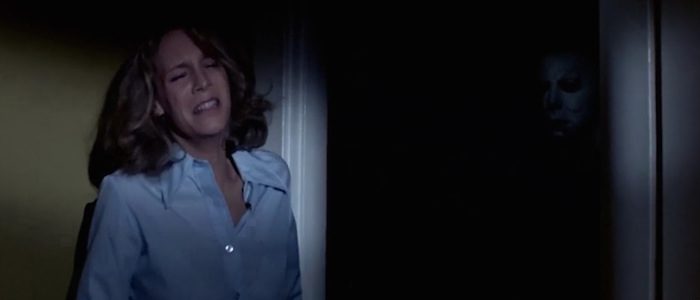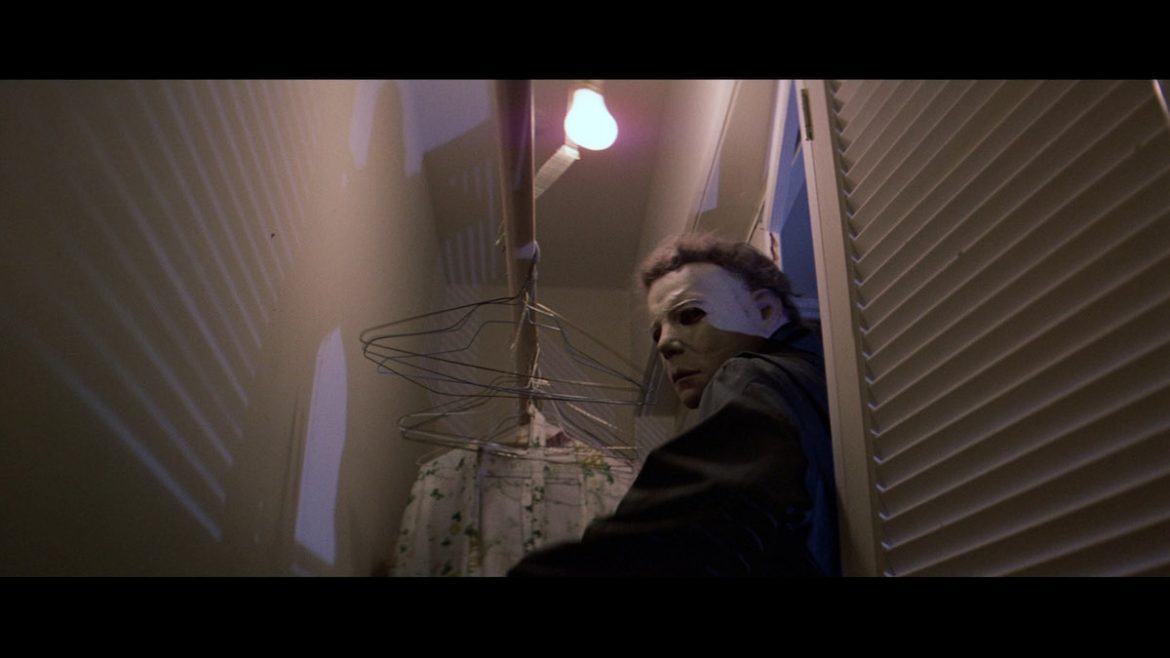

Few horror films can claim to be quite as influential and long standing as the original Halloween directed by John Carpenter. In fact, few films in general can claim to be as influential as it was absolutely essential in forming an entire subgenre, the slasher film. What’s interesting though is that many of the film’s tropes actually predate it. Things like a masked killer and the “final girl” existed several years before Carpenter’s film. While not the original, it did popularize the genre and establish it more in the mainstream and in the process create a truly iconic killer. Some of its characters and storytelling devices may seem clichéd nowadays, but looking back at Halloween proves to be fascinating glimpse at the history of horror and how previous cult classics evolved into the mainstream.
As mentioned previously, Halloween was not the first slasher film. The genre can be traced back as early as Alfred Hitchcock’s Psycho in 1960 despite its more psychological focus. The early to mid-1970s would see the releases of The Texas Chain Saw Massacre and Black Christmas, some of the earliest films in the genre. Slasher films are typically distinguished by the plot of a killer hunting down and murdering people usually in a gruesome fashion with some kind of weapon.
Halloween fits comfortably within this definition. It wasn’t even the first of its kind to feature a masked killer. Yet Michael Myers remains one of the most identifiable slashers in film. His design is simple, yet evocative. The mechanic suit is combined with the oddest item, a painted William Shatner mask, making for a truly unforgettable design. Future slashers like Jason Voorhees and Ghostface owe a lot of Michael’s classic character design.
Halloween didn’t even invent the “final girl” trope or even establish the focus on teenaged and college aged characters. Bob Clark’s Black Christmas did all of this four years earlier, centered around a holiday no less. They do differ, with Black Christmas’ leaning more into the gender dynamic and the killer being symbolic of violence towards and control over women. This dynamic is certainly present within Halloween, but is a lot more in subtext. Both films focus primarily on women as the victims, with them being sorority girls in Black Christmas and high schoolers in Halloween. In both films, the archetype of the final girl being a pure, good person is put into contrast with the characters who get murdered; those who in partake in drugs, alcohol, and sex. These are now stock characters and played out tropes, but this was a very deliberate move on the part of John Carpenter to separate the heroine from everyone else and also is generally read to be commentary on the immorality of youth. Bob Clark may have originated the trope Black Christmas, but Halloween is what engrained it in pop culture.


The niche nature of Black Christmas might be the entire reason the conversation focuses so much on Halloween anyway. Clark’s film was met with mixed reviews and flew under the radar. It was low budget and was kicking off an entire new subgenre of horror. The film has only recently grown to cult status and become more widely recognized by film historians. Halloween by contrast did well at the box office through word of mouth and while it was met with some backlash, it established itself as a classic fairly early on, spawning a sequel two years later that would spin out into a massive franchise.
One other way in which Halloween was able to firmly establish itself above previous slasher films was its use of music as a storytelling device. All horror films employ music in their storytelling obviously, with Psycho being one of the most noteworthy examples, but Carpenter’s score was one of the first horror soundtracks to become truly iconic. The “Halloween Theme” is one of the most recognizable pieces of music in film and was a key part of Michael Myers’ identity. The killer and the music go hand in hand, with one cueing the other, letting the audience know that something bad is going to happen. It’s a simple, but effective tool that gives Halloween a lot of staying power and identity that no other horror film has really matched.
Perhaps the most important key to Halloween’s success was Michael himself. As mentioned previously, Michael Myers quickly became a pop culture icon, in part due to his simple yet effective design, and also because of his iconic theme music. Most importantly though is how Michael Myers is characterized, or perhaps, how he isn’t. John Carpenter’s intention with Michael Myers was to create a villain that was almost entirely devoid of humanity. Carpenter has referred to Michael as force of nature, as a being of pure evil. This is even backed up by characters in the film. Michael’s own psychiatrist, Dr. Loomis, states that he has the eyes of the devil and is nothing but a force of evil. He’s not a man, but a boogeyman.
Michael may not have been the first masked killer, but he was the first truly unstoppable one. The killers of films like The Texas Chain Saw Massacre and Black Christmas are mysterious, but ultimately just people. Michael Myers though is something else. He’s the boogeyman, or he’s the Devil, or he’s evil incarnate. Whatever he is, he is out to kill. We the audience don’t know if Michael Myers is a supernatural being, but when the films ends with him walking away from six shots to the chest, it’s hard to imagine him not being some sort of otherworldly force. This focus on a more monstrous killer can be seen in later slasher villains like Jason Voorhees and Freddy Krueger.


This mystery and anxiety is what ultimately makes Michael Myers stand the test of time. Audiences are drawn to monsters and stories about monsters. They are something truly different and otherworldly, but often rooted in very real and human things. Michael is an inexplicable, murderous force, but at the same time we see that shred of humanity in him in the brief moment in which he is unmasked. We are compelled to see Laurie Strode make it out a live, but we are also compelled to see what exactly Michael’s deal is.
Nowadays, Halloween is less credited with single handedly creating the slasher genre and other films like Black Christmas are becoming more discussed and celebrated. However, Halloween remains one of the most important and influential horror films of all time. It may not have invented the tropes, but it certainly popularized them in a way never done before. It expanded upon on them and in the process created one of the most iconic villains in all of fiction.
